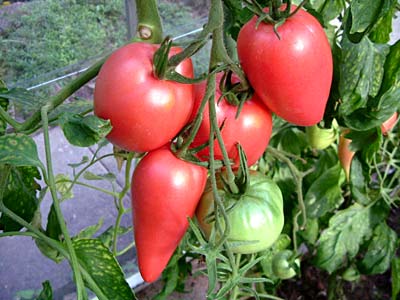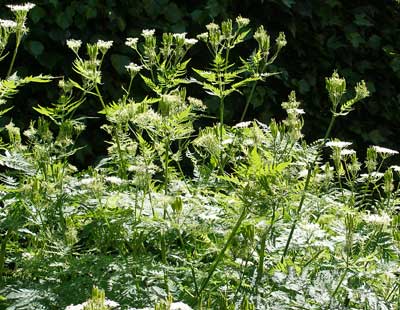
Mustard and cress is an ideal edible peppery leaf sprouting vegetable for children to grow. We used to grow it on blotting paper when we were children. It is classically used with egg in sandwiches or to garnish salads.
Mustard oil is a major component of Bengali cookery. One of the defining flavours of Bengali cuisine has traditionally been mustard oil.. Siddharth Dasgupta provides fascinating information. The pungency of mustard oil is from a compound called allyl-iso-thio-cyanate. This is attractive to Bengalis but others may find it too pronounced. Unfortunately mustard oil also contains erucic acid, which is a low grade neurotoxin. It turns out that long term heavy use of mustard oil is injurious. All mustard oils imported to the US from India or Bangladesh) have to be labelled "For external use only". For many years Australia tried to grow a low erucic acid variant, but this was not successful.

Mustard seeds are small reddish brown seeds used mainly in southern Indian cooking. In the West they may also be yellow or black or brown, forming the basis of bright yellow English mustard or brown French mustard.
Mutton is usually the meat from breeding ewes between three and four years old. Like the cheaper cuts of beef, it is tough, but worth the extra trouble in cooking it as it has good flavour.
Eel pout. A relative of the cod but with the appearance of an eel, in which manner it is cooked. It is a freshwater fish with a yellowish, elongated cylindrical body, speckled with brown and covered in slime. The burbot can grow to 1 meter (3 ft) in length. In France it is particularly abundant in the lakes of Savoy. Once caught it is skinned and then prepared in the same way as a lamprey or an eel. Its oily and almost boneless flesh is very popular. However, in France, it is primarily eaten for its enormous liver which is made into pâté or it is fried in the same way as calf’s liver.

An elongated pink to red tomato variety with juicy pink flesh. Bob Noden harvested one at around 400 g (14½ oz).
A decorative plum with cherry-like fruit which can be used for jam (US: jelly) making or culinary purposes.

Sweet cicely. The seeds are long, up to a foot, ridged and black with an aniseed flavour. They can be used in salads when young or as a spice as they grow older. The leaves have a smell reminiscent of myrrh and aniseed and can be added to soups, omelettes, drinks and liquors. The fruits, collected before they ripen and then dried, can be used to give meats a liquorice-like flavour, and the roots can be used as a vegetable.